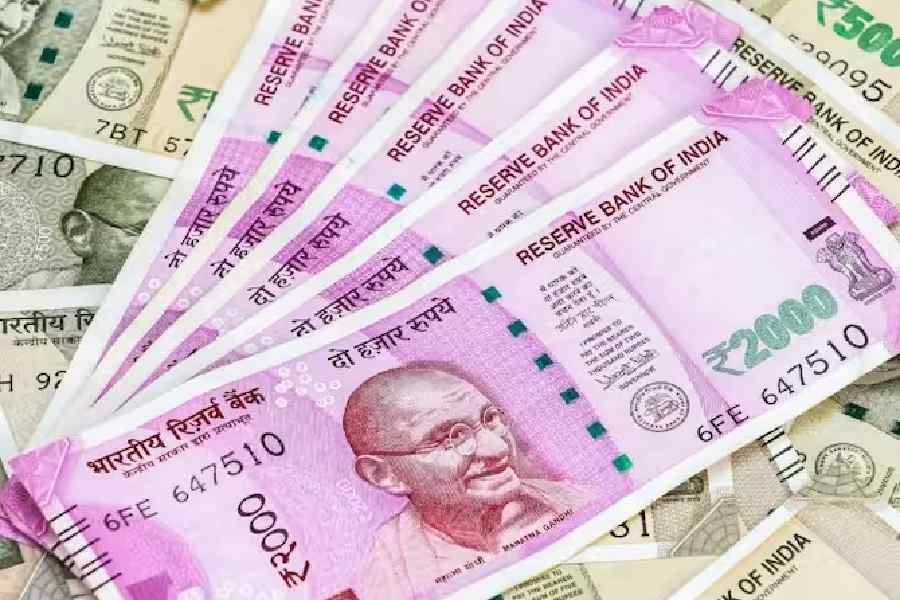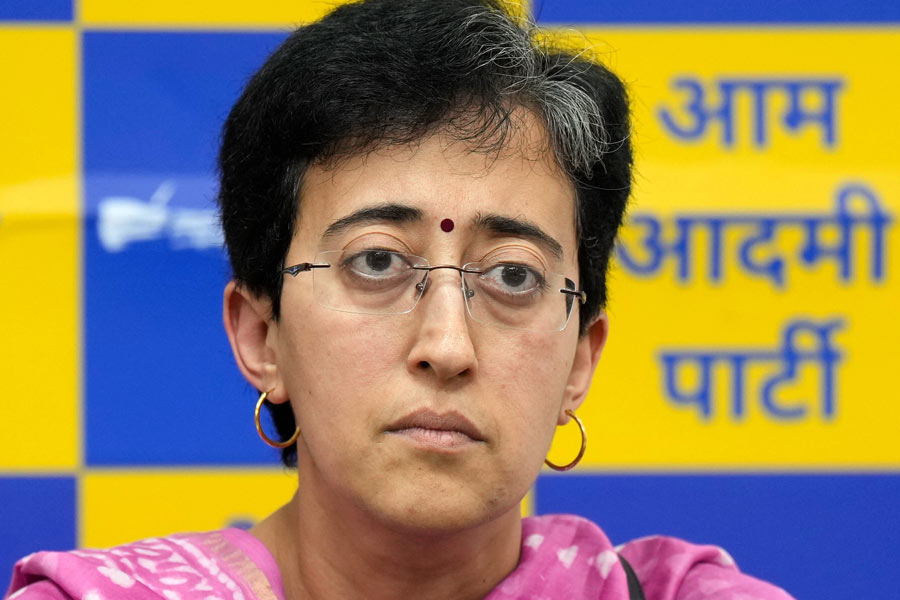The banking system is expected to witness a spike in liquidity with the withdrawal of Rs 2,000 notes from circulation.
According to the Reserve Bank of India, Rs 2000 notes make up Rs 3.62 lakh crore or nearly 10.8 per cent of the Rs 33.66 lakh crore of notes in circulation.
Assuming the return of half of the notes, nearly Rs 1.5 lakh crore will flow back into the banking system as deposits. RBI governor Shaktikanta Das on Monday said he expects most of the notes to be returned by September 30.
The banking system saw a surge in deposits albeit on a much larger scale back in 2016 when the Narendra Modi- government demonetised Rs 500 and Rs 1000 notes.
Bankers do not expect a mad rush this time because the percentage of withdrawn notes will be much less than in 2016. The 500- and 1000-notes made up 85 per cent of the currency in circulation then. Moreover, the government stopped the printing of Rs 2000 notes in 2018-19.
Madhavi Arora, the lead economist at Emkay Global, estimated the durable liquidity impact of the RBI moves to be in the range of Rs 70,000-90,000 crore.
She pointed to two effects: liquidity in the banking system will initially go up Rs 1.4-1.6 lakh crore. But some of the notes may be exchanged for lower denomination ones and thus will be liquidity neutral.
Besides, some of the incremental deposits may be temporary and drawn immediately in cash, thereafter.
A portion of these notes, which are otherwise difficult to transact, maybe with the public for circumventing the taxation route. They may not find their way back into the banking system but instead used to purchase high-end consumer durables, gold or even real estate.
Arora further noted the deposit of notes may ease liquidity pressure andmoderate (but not eliminate) the need for durable liquidity addition by the RBI in the form of open market operations (OMOs) or even a cut in the cash reserve ratio (CRR) in the latter part of 2023-24.
Liquidity in the banking system has been tight and this has resulted in the call money rates remaining above the repo rate of 6.5 per cent recently.
``On the deposit front, experience from demonetisation showed that around 30- 40 per cent of the value of notes withdrawn went into bank deposits. Using this as a guidepost, around Rs 1.4 lakh crore could flow into bank deposits, which represents 0.8 per cent of total bank deposits,’’ Gaura Sen Gupta, an economist at IDFC First Bank, said in a note.
Amid the likely liquidity surge in the banking system, the RBI’s reaction will also be watched. Its policymakers had voted 5-1 on the stance of withdrawal of accommodation at its last meeting in April which could commit the central bank to keep the liquidity tight by soaking them up so that inflation does not rear its head again.
RBI deputy governor Michael Patra had said in the published minutes of the April 3-6 meeting that, "monetary policy must persevere with the withdrawal of accommodation. The stance of policy has to remain disinflationary and unwavering in its resolve to align inflation with the target of 4 per cent ”.











